Introduction
Situated in Olot, Spain, the newly designed veterinary center by VIDA Arquitectura occupies a unique urban space characterized by its distinctive geometry. Positioned at the corner of a crossroads with three facades, the center boasts significant visibility and commercial potential. However, this layout presents challenges in achieving an optimal interior arrangement. To address this, the architects devised a strategy that clearly delineates between public and private spaces while ensuring functionality and efficiency throughout.
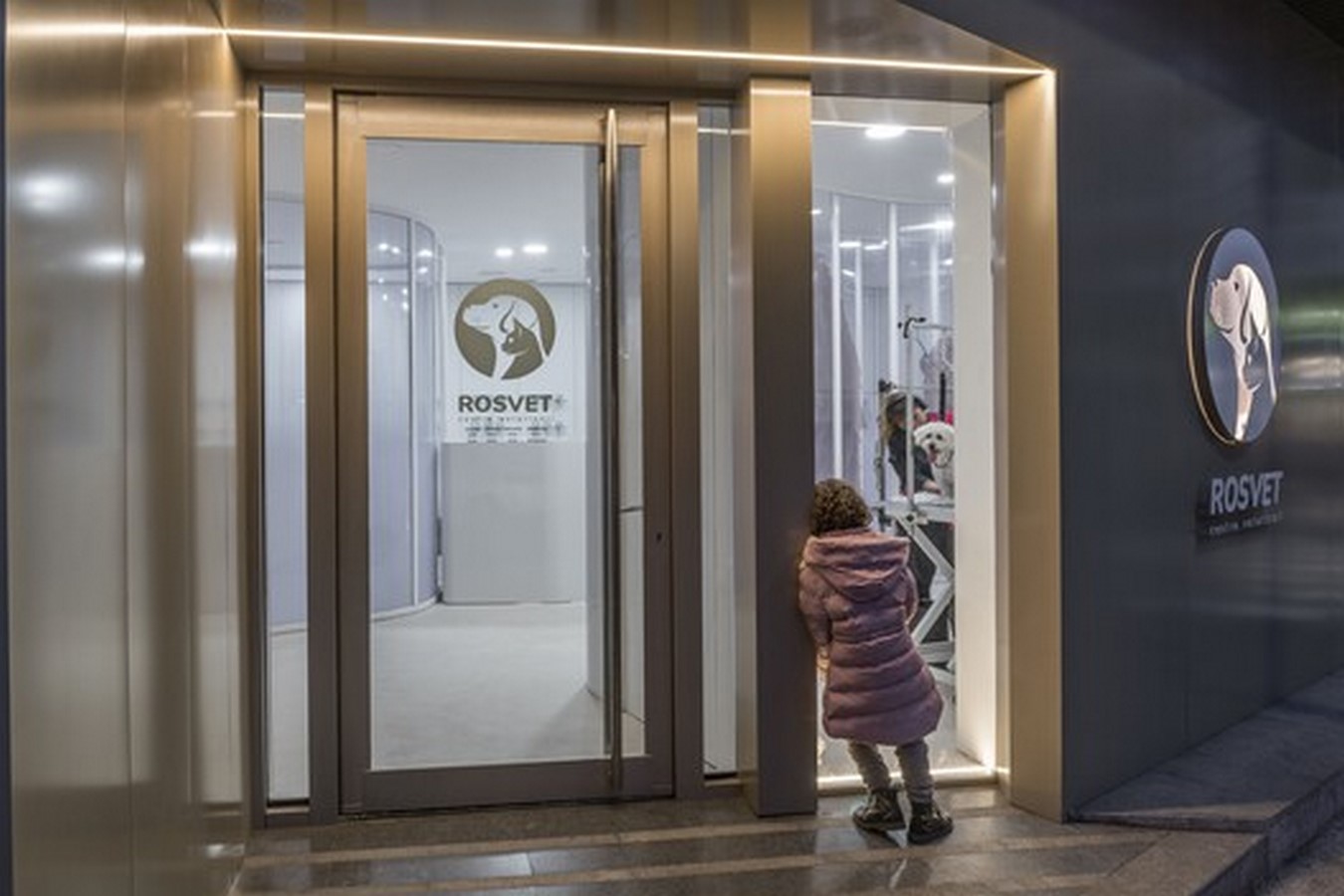
Functional Organization
The private area of the clinic, located at the rear of the premises, is separated by an opaque wall and meticulously organized to optimize circulation and functionality. Simple geometries and linear pathways define this space, ensuring ease of movement and efficient use of resources. Conversely, the public area takes advantage of the prime urban location, creating fluid spaces with organic geometries, filtered transparencies, and diffuse boundaries.
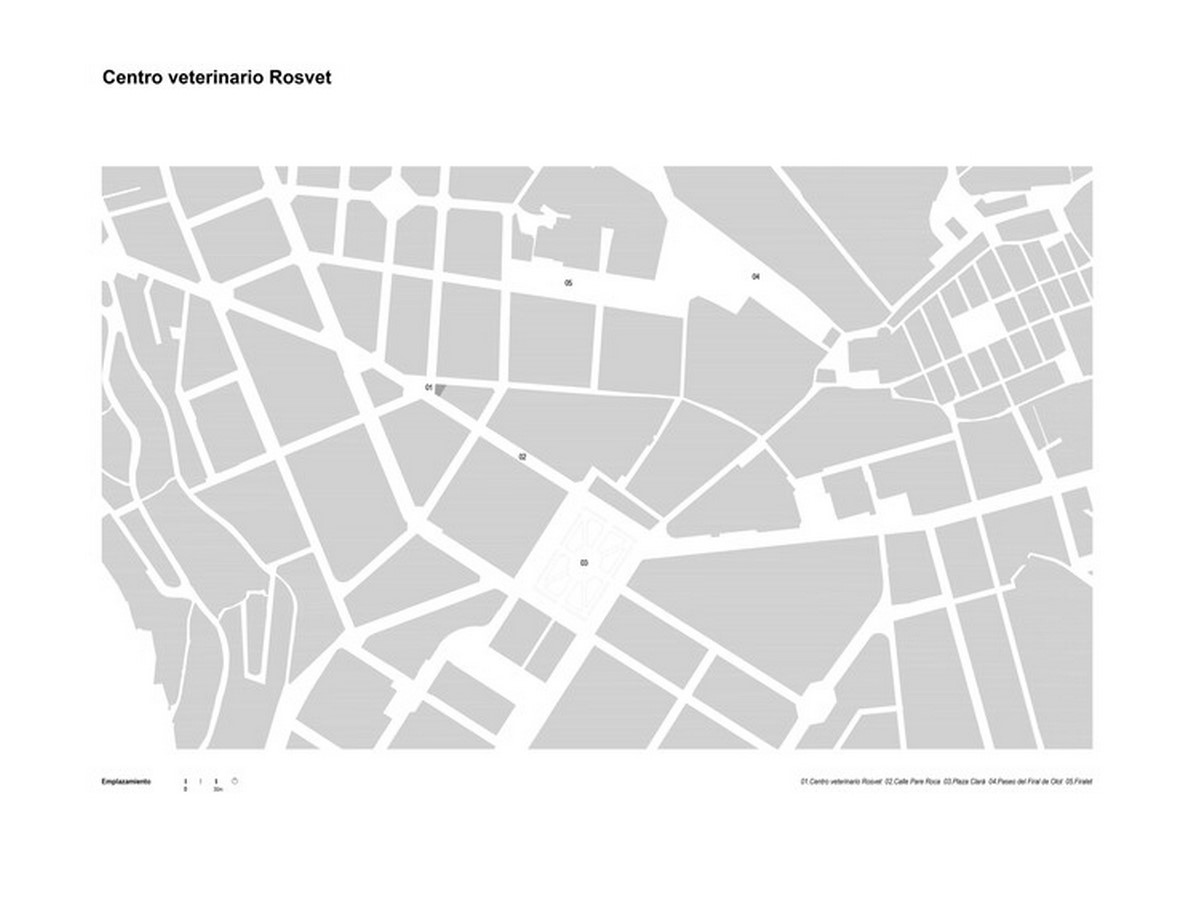
Spatial Design
By employing transparent elements in the examination rooms, the architects aimed to enhance the sense of spaciousness and instill confidence in the treatment provided to animals. These transparent partitions not only maximize natural light but also create a sense of openness and transparency, fostering trust and comfort for both pets and their owners. Privacy from the street is maintained through the use of semi-transparent vinyl featuring images of furry clinic users, ensuring discretion without compromising visibility.
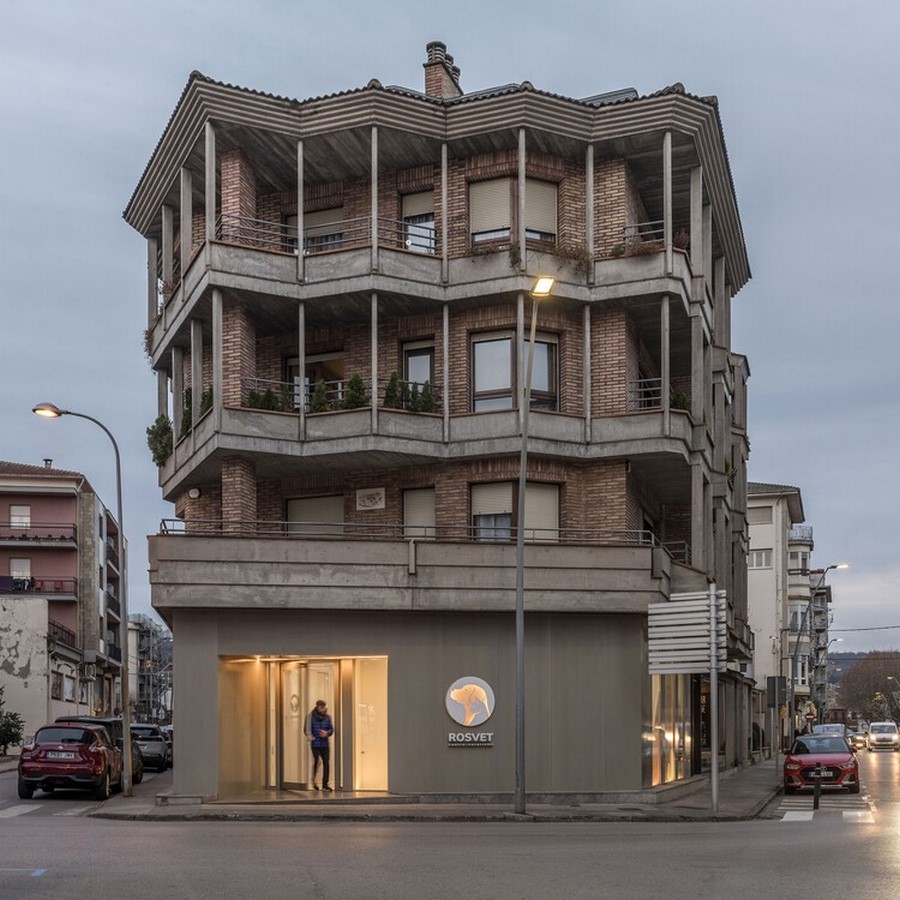
Conclusion
The innovative design of the veterinary center in Olot represents a harmonious integration of functionality, aesthetics, and privacy. By carefully balancing public and private spaces and employing transparent elements to create a sense of openness and trust, the architects have successfully transformed a challenging urban space into a welcoming and efficient environment for both animals and their caregivers.



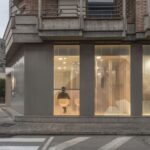
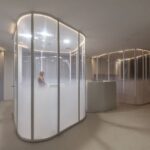
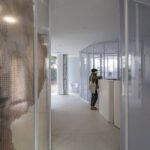
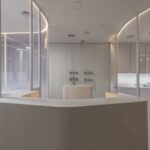
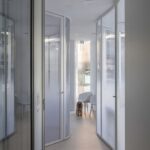
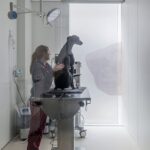
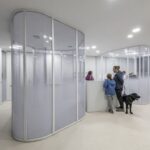
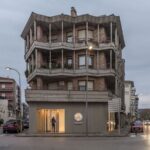
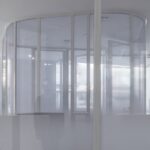
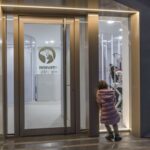
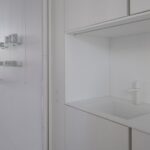
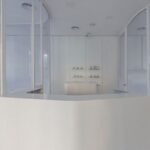
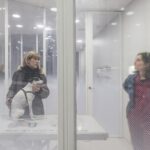

Leave a Reply